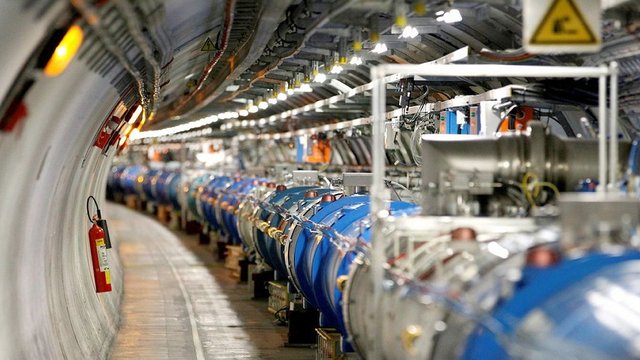In the most technologically advanced and the most expensive machine in the world, ie in the Large Hadron Collider, which is located in the CERN center, groundbreaking experiments have begun.
For the first time in the history of the LHC, it accelerated the beam of lead ions carrying a single electron and not, so far, single protons or atomic nuclei.
All this is due to a Pole who works at the CERN center near the Swiss city of Geneva. Witold Krasny, as part of the Gamma Factory project, together with his team of 50 scientists, conducts experiments in the Large Hadron Collider on the development of a method for producing gamma rays of high energy and high intensity.
The Gamma Factory project was presented by our compatriot in 2015. At that time no one was particularly interested in him, but it changed when Krasny started working at CERN. The concept of a graduate of the Faculty of Electrical Engineering of the AGH, Faculty of Physics of the Jagiellonian University and the Institute of Nuclear Physics Henryk Niewodniczański in Krakow, is based on inducing the velocity of the ionized atoms that are accelerated to almost the speed with the help of an intense laser beam. During the excitation of atoms, spontaneous gamma radiation re-occurs. Thanks to the Doppler effect, such radiation has a much higher energy than the traditionally produced one.

The first successful test with not fully ionized lead atoms in the LHC, which took place a few days ago, was hailed as breakthrough, and congratulations for the team of prof. Krasny has flown from many corners of the world and has been recognized as "one of the main scientific achievements in the field of physics this year".
Scientists believe that high-energy gamma rays can have enough energy to produce normal matter particles, such as quarks, electrons or muons, and even dark matter.